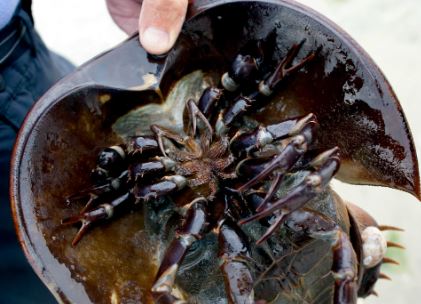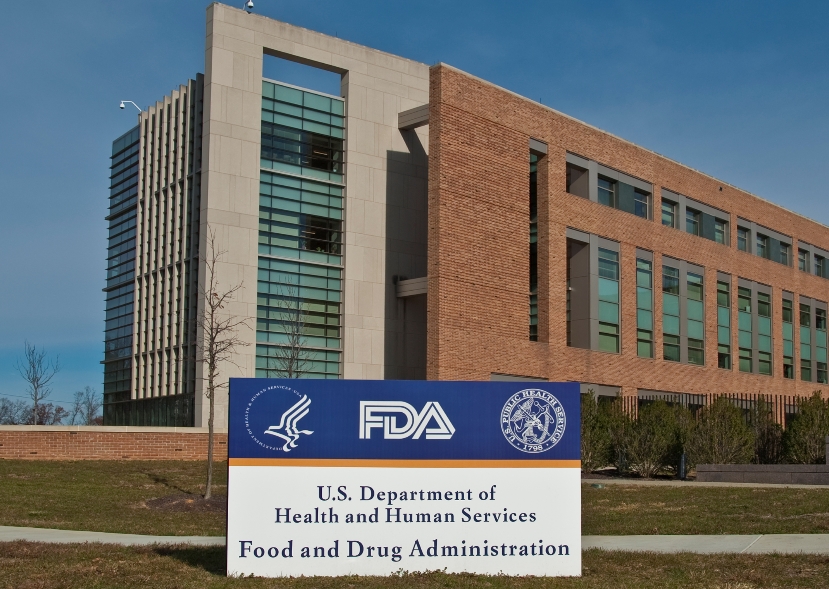
The paper, which was a collaboration between researchers from the Martin Luther University Halle-Wittenberg (MLU), the Technical University of Munich (TUM) and the University of Adelaide in Australia, detailed the underlying molecular processes that happen inside the bacteria. The findings of the group were published in the Royal Society of Chemistry's journal Metallomics.
In the study, researchers described a "novel detoxification pathway" found in the C. metallidurans bacteria that prevents the adverse synergistic effects of toxic metals, in particular, copper and gold. This is useful for C. metallidurans, as it is commonly found in soil that contains various amounts of heavy metals. When these metals break down, it produces toxic heavy metals which can pose a risk to the environment.
"Apart from the toxic heavy metals, living conditions in these soils are not bad. There is enough hydrogen to conserve energy and nearly no competition," according to Dietrich Nies, a microbiologist at MLU and the corresponding author of the study. "If an organism chooses to survive here, it has to find a way to protect itself from these toxic substances."
The current study builds on the results of their earlier work. In 2009, the team already discovered that C. metallidurans had the ability to deposit gold biologically. However, they were unable to determine the exact process that was taking place in the bacteria — a variable that they addressed in this study.
C. metallidurans ingests gold and copper in the same manner. When both materials come into contact with the bacteria, various chemical processes occur, according to researchers. Copper, which is a vital trace element for the bacteria, comes in a form that is difficult to be imported. The bacterium fixes this predicament by breaking it down into a form that is easier to take up, which allows copper to reach the cell interior. Gold is processed the same way. (Related: Natural pollution solutions: Moss can be used to decontaminate soil and water polluted with heavy metals like lead.)
However, copper can be toxic in high quantities. When there is already too much inside the bacteria, an enzyme called CupA pumps out the excess. This changes when gold is added to the mix. The presence of gold inhibits the activity of the CupA enzyme, and both compounds remain in the cell. The combination of the two compounds also increases their toxicity. The bacterium solves this by activating another enzyme — CopA — which transforms gold and copper compounds into their original form.
In an article that appeared in Science Daily, Nies expounded on this phenomenon: "This assures that fewer copper and gold compounds enter the cellular interior. The bacterium is poisoned less and the enzyme that pumps out the copper can dispose of the excess copper unimpeded. Another consequence: the gold compounds that are difficult to absorb transform in the outer area of the cell into harmless gold nuggets only a few nanometres in size."
The study also revealed the role of C. metallidurans in the production of the so-called secondary gold, the broken-down derivative of ancient gold ores. According to the researchers, toxic gold processes that have been geologically created were transformed into harmless gold particles.
The study also provided insights on the on the rest of the bio-geothermal gold cycle. Currently, researchers tackled the first half of the cycle. Once the process is understood, this can be applied in the production of gold without the need for toxic mercury bonds.
Sources include:
Please contact us for more information.























